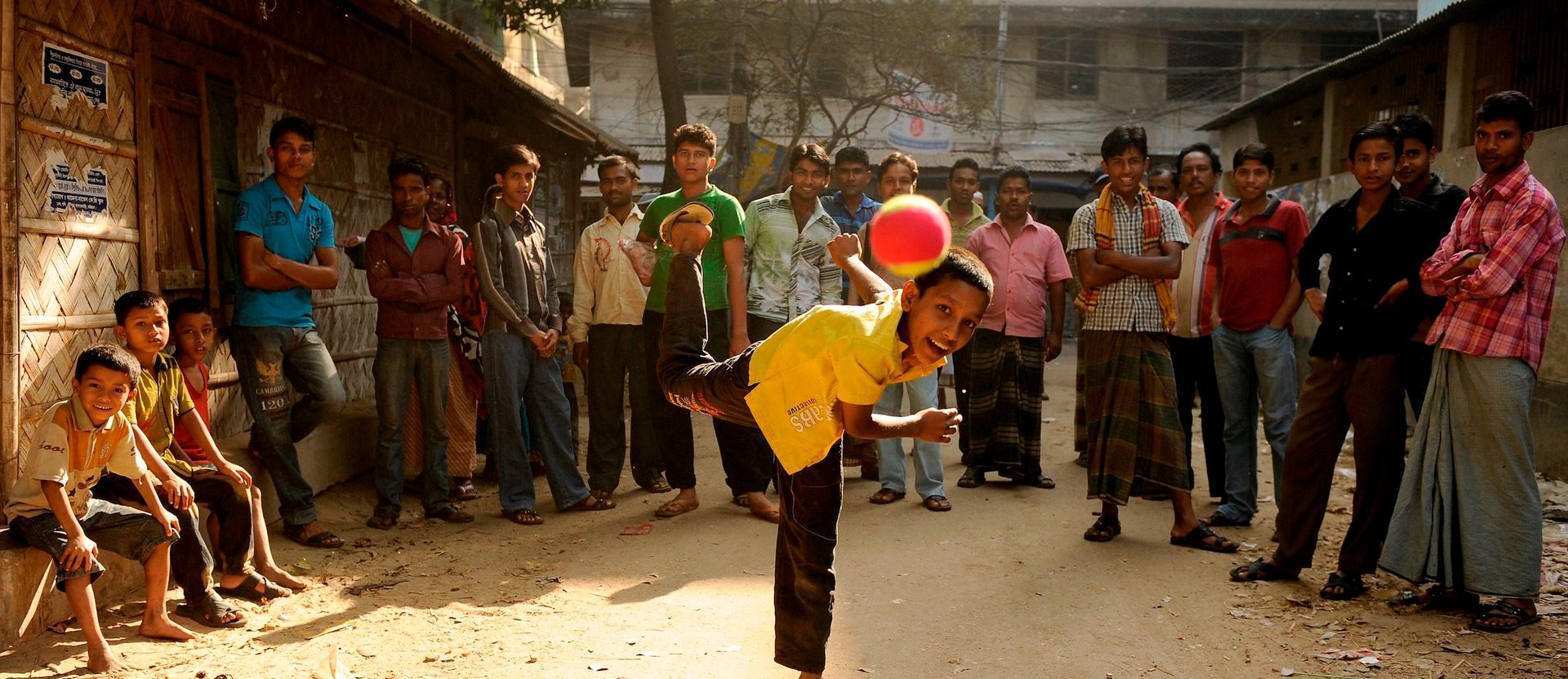A (very) brief guide to cricket and the World Cup
One of the biggest events in world sport is upon us. Cricket’s World Cup— now in its 11th edition—runs from Feb. 14 to March 29, jointly hosted this year by Australia and New Zealand.


One of the biggest events in world sport is upon us. Cricket’s World Cup— now in its 11th edition—runs from Feb. 14 to March 29, jointly hosted this year by Australia and New Zealand.
Cricket—often dubiously called the world’s second favorite sport after soccer—is a “gentleman’s game” that dates back to the 16th century. It has a huge following in England, the Indian subcontinent and other parts of the British commonwealth.
Here, Quartz tries to get newcomers up to speed with the tournament and its quirks. But let’s start with the basics.
What is cricket?
A cricket match is played between two teams—each comprising 11 members—who take turns to bat and bowl on an oval pitch. The bowler tries to get the batter out, such as by knocking the stumps off the wicket at the end of the pitch. Each set of six balls bowled is an over. How many overs are there in cricket? We’ll get to that in a minute.
The aim is to score as many runs as possible. The team that bats first sends all of its batsmen out in succession, scoring all of its runs before the other side gets a turn. Unlike baseball, a batsman in cricket can bat as long as he doesn’t get out—and when he’s out, he’s out for good. To win a match, the other team then has to beat the target set by the first team’s total score. Not that complicated, right?
Like any other sport, cricket is loaded with terms that might not make any sense to a first-timer. A score of a 100 runs is called a “century,” a bouncing ball that reaches the batsman’s head height is a “bouncer,” and verbal abuse is called “sledging”—of which there’s a zero-tolerance policy at this year’s World Cup.
The International Cricket Council has a glossary of cricketing terms that beginners would find handy. There is also a decent list here.
Cricket is also the only sport that has a tea break.
What about the World Cup?
International cricket has three formats: Tests, one-day, and Twenty20—the latter started in 2005.
Test is the oldest, longest, and purest form of the game and can go on for five days—and still end in a draw. A test match has a maximum of 90 overs bowled each day. Many fear for the future of test cricket.
One-day, as the name suggests, lasts for a single day and each side gets a maximum of 50 overs. The first one-day international match was played between England and Australia in 1971 after a test match between the two sides was abandoned due to heavy rains.
Twenty20 is even shorter and lasts for just 20 overs. The popularity of Twenty20, especially with young Indians, has transformed the game, especially with the growth of the Indian Premier League.
Today, there are two versions of the World Cup: a 50-over and a 20-over format. The 50-over format of one-day internationals is what the world will be focused this month.
West Indies dominated the early days of the World Cup winning the first two editions in a row: 1975 and 1979. India won its first World Cup in 1983.
In recent times, Australia emerged as the top team in the tournament winning three consecutive World Cups from 1999 to 2007. India broke their winning run in 2011.
Over the years, the number of teams participating in the tournament has gradually increased from eight in 1975 to 14 in 2011, and that is still the number of participants.
The first match is between New Zealand and Sri Lanka on Feb. 14, which will be followed by Australia taking on England.
Who’s going to win?
Odds are stacked in favor of Australia, which is at present the best one-day team, to win their fifth title—followed by South Africa who have never won a World Cup despite being among the best teams in the world. Defending champion India is at the fourth position among the favorites to win this year, while the oddsmakers don’t really have high hopes for Sri Lanka, the world’s fourth-best team in the one-day format.
Perhaps the most explosive match in the tournament will be held on Feb. 15 when India takes on its old rival, Pakistan.
The two teams have faced each other five times since 1992 and India has won all the matches. This year, however, Pakistani all-rounder Shahid Afridi hopes to break the deadlock.
The fixture this year is expected to be watched by a billion viewers, making it the most viewed match in the sport’s history and among the most watched events in any sport, ever.
Here are the major matches to watch out for in the group stages: